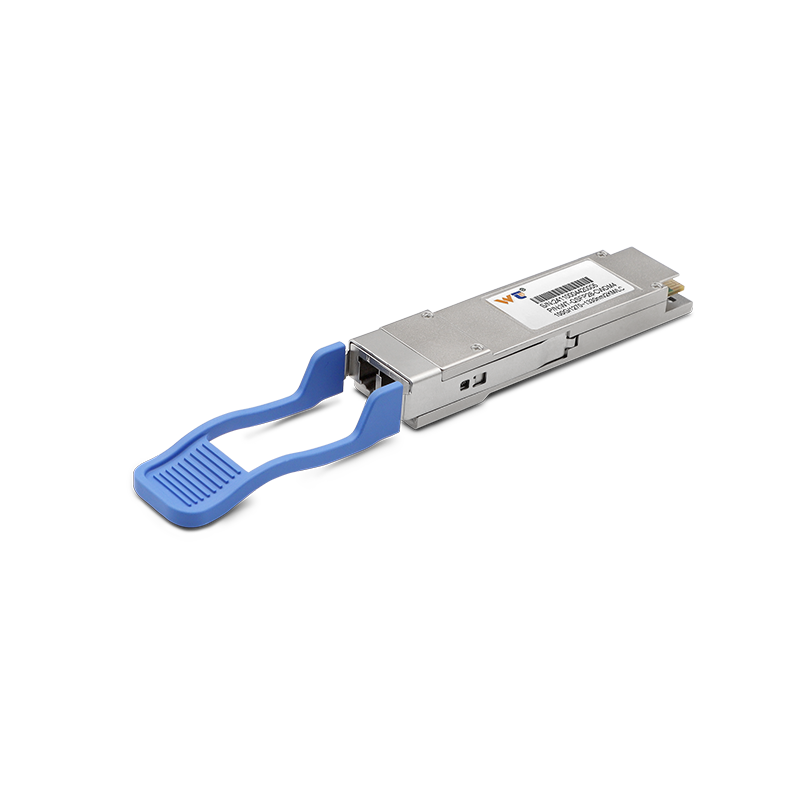Demodulation technology is essential in the realm of communications, serving a pivotal role in the recovery of the original signal from a modulated carrier wave. At its core, demodulation acts as the reverse process of modulation, which is essentially the encoding of information onto a carrier signal for transmission. The ability to retrieve the initial signal accurately ensures effective communication across various media, including radio frequencies, television broadcasts, and digital data transfers. As we delve deeper into the nuances of this technology, it becomes clear that understanding the fundamental principles behind demodulation is critical for both professionals and enthusiasts in the field.
The primary types of demodulation techniques can be classified into several categories, prominently including amplitude modulation (AM), frequency modulation (FM), and phase modulation (PM). In each case, specific methods are employed to decode the modulated signal. For AM, the process involves detecting variations in the amplitude of the carrier wave to extract the audio or data information it carries. FM demodulation, on the other hand, relies upon changes in frequency; one common technique utilized here is the phase-locked loop (PLL), which tracks the frequency variations. For PM signals, methods like the use of differential demodulation facilitate the extraction of data by analyzing phase shifts. Understanding these techniques is foundational for engineers who design communication systems.
To appreciate how demodulation technologies function, one must consider the underlying principles at play. A demodulator detects the key characteristics of the incoming signal and processes it to reconstruct the original data. This often involves filtering techniques that eliminate noise and interference, thus preserving the integrity of the retrieved signal. The signal-to-noise ratio (SNR) plays a critical role in this process, as higher SNR values lead to more accurate demodulation. In essence, the fidelity of the original signal is influenced by both the sophistication of the demodulation technique and the conditions during transmission. By practicing effective signal recovery methods, engineers ensure communication systems perform reliably under varying circumstances.
Demodulation technology finds extensive applications across numerous fields. In broadcast communications, it is integral for radio and television, where signals are transmitted over vast distances. Furthermore, in digital communications, demodulation techniques underpin the functioning of cellular networks, satellite communications, and broadband Internet access. Additionally, in the realm of aerospace and defense, demodulation is critical for data retrieval from telemetry signals, ensuring safety and operational efficiency in various missions. Emerging technologies, especially in the field of IoT (Internet of Things), are increasingly reliant on effective demodulation techniques to facilitate seamless communication between interconnected devices. The versatility of this technology underscores its importance in modern communication landscapes.
Looking ahead, the development trends in demodulation technology indicate a trajectory towards increased efficiency and reliability, driven by advancements in digital signal processing (DSP) and artificial intelligence (AI). As bandwidth demand rises, so does the need for more sophisticated demodulation solutions that can handle complex signals efficiently. Innovations like adaptive demodulation, which adjusts the receiving methodology based on signal quality, are gaining traction. Furthermore, the integration of machine learning algorithms into demodulation processes promises enhanced capabilities in noise reduction and error correction. Such advancements hint at a future where communication systems can operate with minimal latency and maximal clarity, paving the way for more robust connectivity options.
Technical standards play a critical role in the development and deployment of demodulation technologies. Regulatory bodies and industry groups establish these standards to ensure compatibility and performance across different systems. For example, standards such as IEEE 802.11 for wireless local area networks (WLAN) and ITU-T G.703 for digital transmission indicate specific requirements for demodulation processes in networking. Adherence to these standards not only ensures interoperability among devices but also promotes the overall quality of service. Industry players, ranging from small startups to established corporations, must stay attuned to these standards to innovate responsibly and maintain competitive advantage. As technology continues to evolve, these standards will likely adapt, reflecting the ongoing complexity and dynamism of communication technologies.






